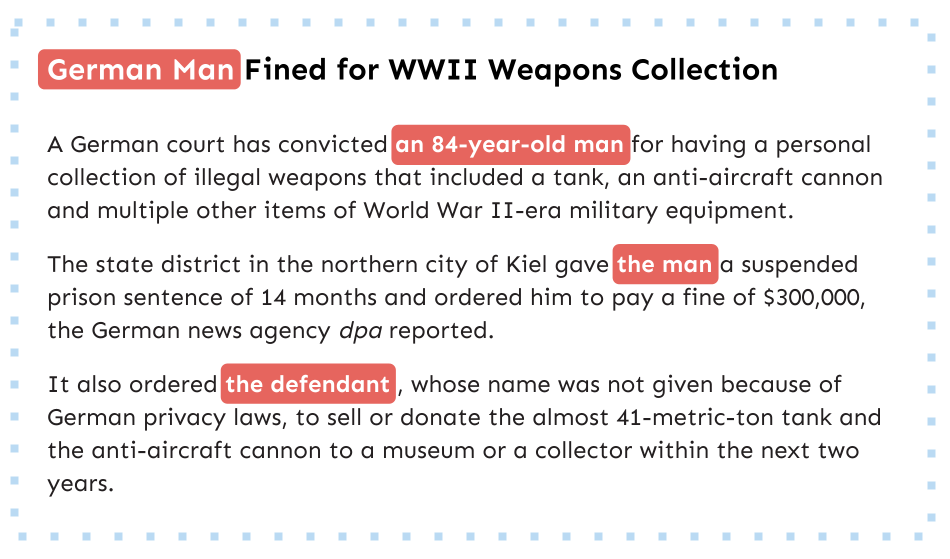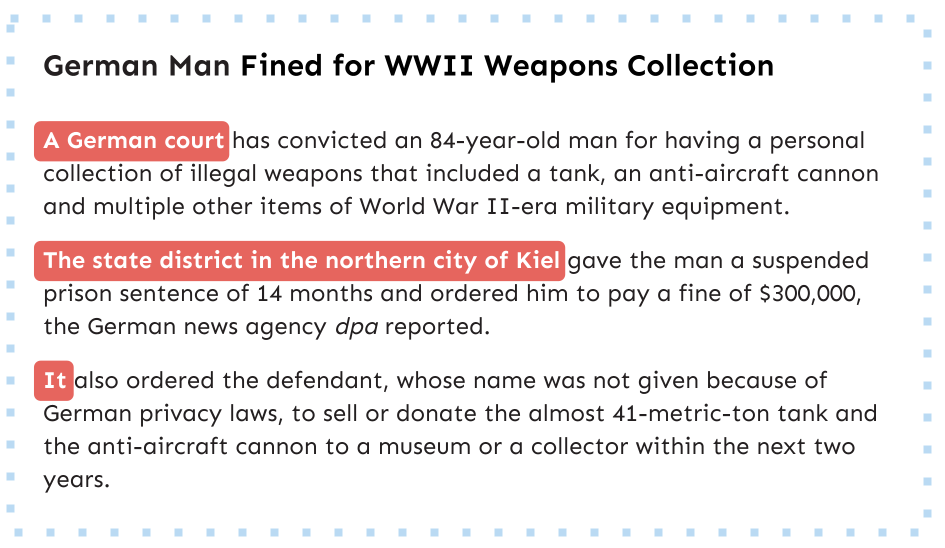One Smart Way to Boost Your English Reading Skills

Every paragraph, news article, or book in English is a mountain to climb. To get to the peak, you need an important skill: paraphrasing.
Simply put, paraphrasing is when you use different words to talk about the same thing. For example, let’s say you’re reading a news article about Disneyland. Instead of repeating “Disneyland,” the article will most likely also refer to it as a “theme park,” “amusement park,” or “top summer destination.”
Each time you recognize a paraphrase for Disneyland, you take a step towards the “peak” – understanding the point of the news article.
However, if you miss the paraphrases, you’ll have a lot of difficulty understanding the article – especially since the paraphrases refer back to the main topic. Do this a few times, and you’ll “lose your foothold” in the piece or even slip and “fall off the mountain,” that is, miss the whole point of the article!
To make sure this doesn’t happen to you, this piece will prepare you to recognize paraphrases in any text you’re reading. Get ready to boost your English reading skills!
How Paraphrasing Affects Reading Comprehension
First, let’s look at how failure to recognize paraphrases can affect your reading comprehension in English. Suppose you’re reading the news article “German Man Fined for WWII Weapons Collection.” Here are the first few paragraphs:

If you struggled to read this, don’t worry – most learners will.
One thing that makes this article tricky is all the paraphrases it contains. By the third paragraph, the article has referred to its subject in four different ways. In the title, he’s a “German man.” Then he’s called “an 84-year-old man,” “the man,” and finally “the defendant.”

In addition, the court (the other key participant in this story) has been phrased as “a German court,” “the state district in the northern city of Kiel,” and “it.”

On top of that, the article refers to the man’s punishment (the main action in this story) in a few different ways as well. In the title he’s “fined,” then in the first paragraph, he’s “convicted” and in the following paragraph, he’s given a “prison sentence” and “ordered to pay a fine.”

Once you’ve figured out that these paraphrases all refer to the same thing, the main idea of the piece becomes clear: A German court is punishing a man for illegally collecting World War II weapons.
“OK,” you might be thinking. “But how am I supposed to recognize a paraphrase?”
What Paraphrases Looks Like in English
To spot paraphrases, you need to first know what they look like in English. For example, you probably know that a lot of paraphrases involve pronouns like “it,” “she,” or “they.” Below are some more forms that paraphrases often take.
1. The …
Most paraphrases start with the article, “the.” That’s because “the” is often used to refer back to things that have already been mentioned.
For example, in the article above, you’ll notice, while the German man is first introduced as “an 84-year-old man,” he is later referred to as “the man” and “the defendant.” Even if you didn’t understand the word “defendant,” you can use the “the” before it to figure out that it probably refers to something already mentioned – in this case, the main subject.
2. Hypernyms
A hypernym is a word that indicates some sort of category. For example, “food” is a hypernym for the words “fruit,” “vegetable,” and “meat.” “Fruit” is a hypernym for “temperate fruit” and “tropical fruit,” which is itself a hypernym for “pineapple” and “banana.”

Hypernyms are often used when paraphrasing. For example, an encyclopedia entry on pineapples will likely refer to them with hypernyms like “fruit” and “tropical fruit.”
3. Hyponyms
Hyponyms are the opposite of hypernyms. For example, “fruit” is a hyponym of “food.”
In paraphrases, hyponyms often include some extra details. The details can be simple, for example, when the news article above referred to its main subject as “an 84-year-old man” – a hyponym of “the man.”
However, at times, the details can complicate things. An example is when the German court was referred to with the hyponym, “the state district in the northern city of Kiel.” If you’re like most learners, you probably blanked when you read this phrase.
But not to fear. Paraphrasing is here! When you encounter a phrase with so much detail that it’s confusing, take a deep breath and:
- Focus on the fact that it starts with a “the.”
- Recall that some paraphrases are hyponyms which include lots of detail.
Once you notice these hints, it’s easy to recognize that the phrase is probably a paraphrase for something mentioned earlier in the passage.
4. Synonyms
Last but not least, synonyms are a form that paraphrases often take. This might not sound too difficult, but remember that words that are synonyms in English may not be synonyms in your language.
For example, in this news article which is about the health effects of “not exercising,” “being unfit” is used as a close synonym (and paraphrase) of “not exercising.” If you miss this connection, you might misunderstand the piece completely!
Want Real English Practice?
If you want to improve your English reading skills even more, try studying with our free Daily News lessons! We deliver new articles every day designed specifically for learners. Plus, each lesson is packed with questions that you can discuss with one of our professional tutors, so you can improve your English conversation skills at the same time!



